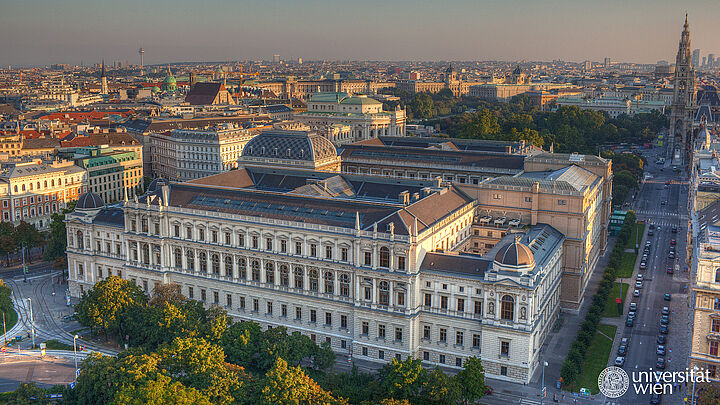Mittwoch, 11. Juni 2014, 18:30 - 20:00 iCal
Wednesday Seminar - Peggy Levitt
The Bog and the Beast: Museums, the Nation, and the World
SR-A, Institut für Kultur- und Sozialanthropologie (NIG)
Universitätsstraße 7, 4. Stock, 1010 Wien
Vortrag
Ever since the leaders of the new French Republic opened the doors of the Louvre to the public, museums have played a lead role in creating nations and representing communities. Even today, in many museums, visitors feast on paintings, furniture, and other decorative objects they are told represent the nation. So, in today’s global world, what kinds of citizens are museums creating? What are the values they embrace and who gets to embrace them? How does diversity within nations get showcased in relation to the representation of a country’s position in the world? To what extent are museums places where the cultural building blocks of successful diverse societies are created? When and where do they help foster a willingness and ability to engage in the world?
To answer these questions, I visited cutting-edge museums across the globe. My story is based on first-hand conversations with museum directors, curators, and policymakers, their descriptions of current and future exhibits, and their inside stories about the paintings, iconic objects, and quirky benefactors that define their collections. In the United States, I compare museums in allegedly parochial Boston with their counterparts in the so-called center of the cultural universe, New York. In Europe, I focus on Copenhagen, Gothenburg, and Stockholm, former bastions of tolerance that have become, to varying degrees, hotbeds of anti-immigrant sentiment. I then ask if museums in Singapore and Doha create Asian or Arab global citizens. How does the tension between globalism and nationalism play out outside the West? Taken together, these accounts tell a fascinating story of the sea change underway in the museum world at large and about how the local and the global, and everything else in between, come together in different urban and national contexts.
The differences I discovered in how institutions do “nationalism” and “globalism” have a lot to do with their histories: their collections, benefactors, and the special interests of their curators. They are also explained by how museums are financed and how much governments use them to pursue social goals. But such differences also arise from the deep cultural structures and cultural armature of each city and from diversity management regimes which define who gets to be part of the nation, and how. They reflect how a city or nation understands its historical position on the global stage and its aspirations for the future—where a country is in the arc of its nation- and empire-building projects and the kinds of citizens it believes it needs to accomplish them.
Zur Webseite der Veranstaltung
Veranstalter
Institut für Kultur- und Sozialanthropologie
Kontakt
Tabitha Schnoeller
Institut für Kultur- und Sozialanthropologie
49533
tabitha.schnoeller@univie.ac.at
Erstellt am Donnerstag, 13. M�rz 2014, 13:43
Letzte Änderung am Dienstag, 10. Juni 2014, 09:33

